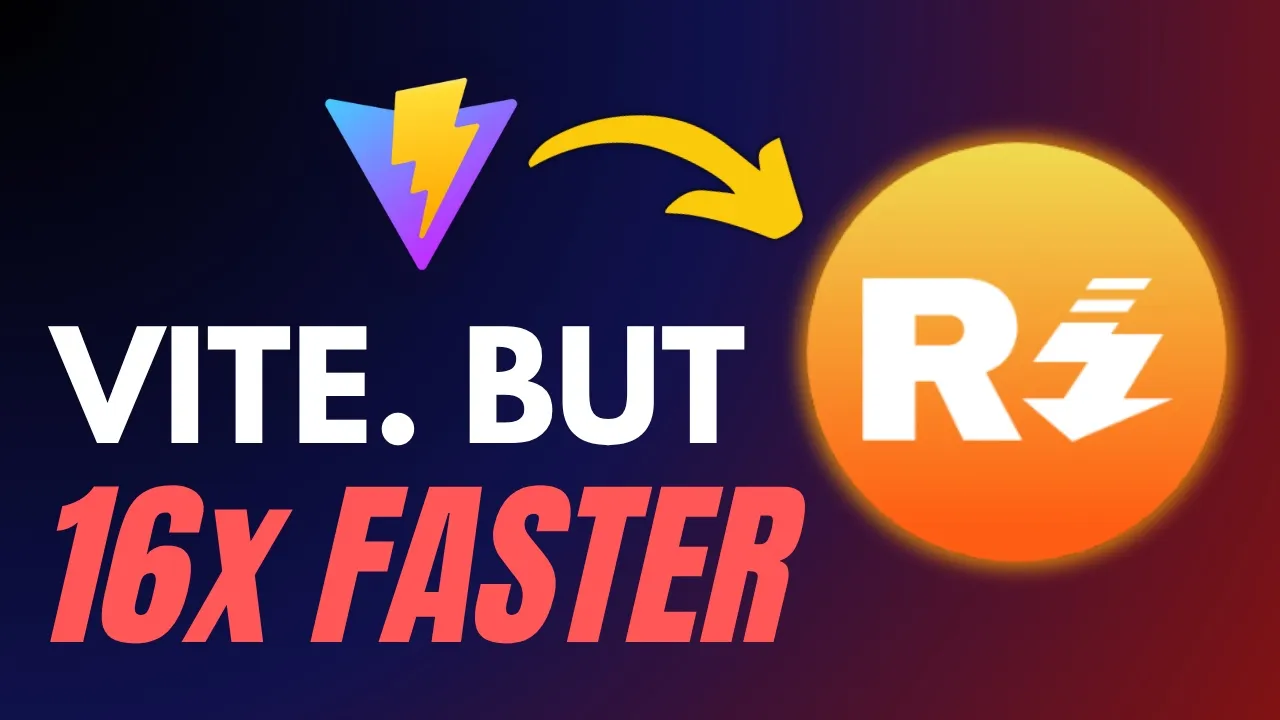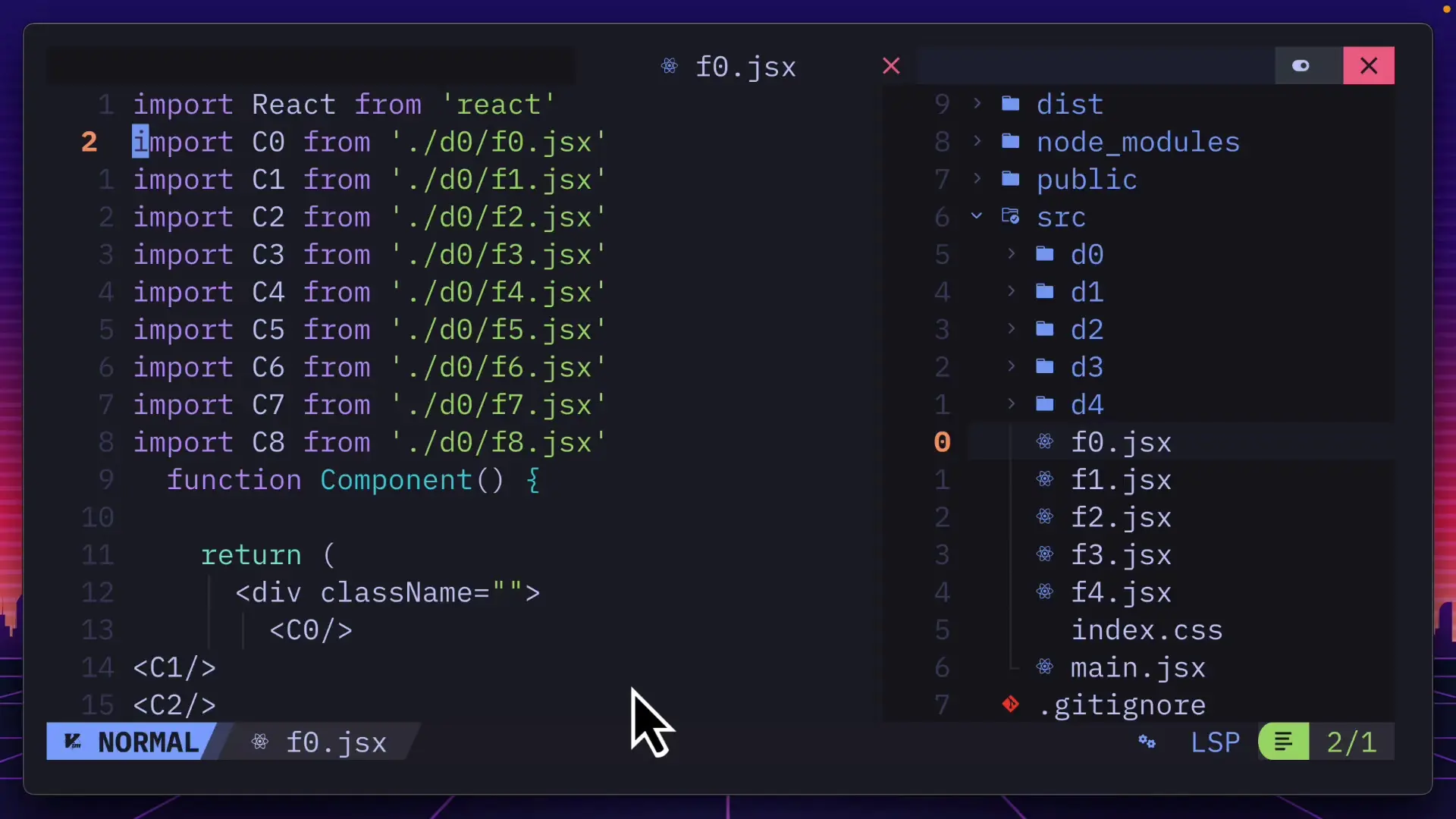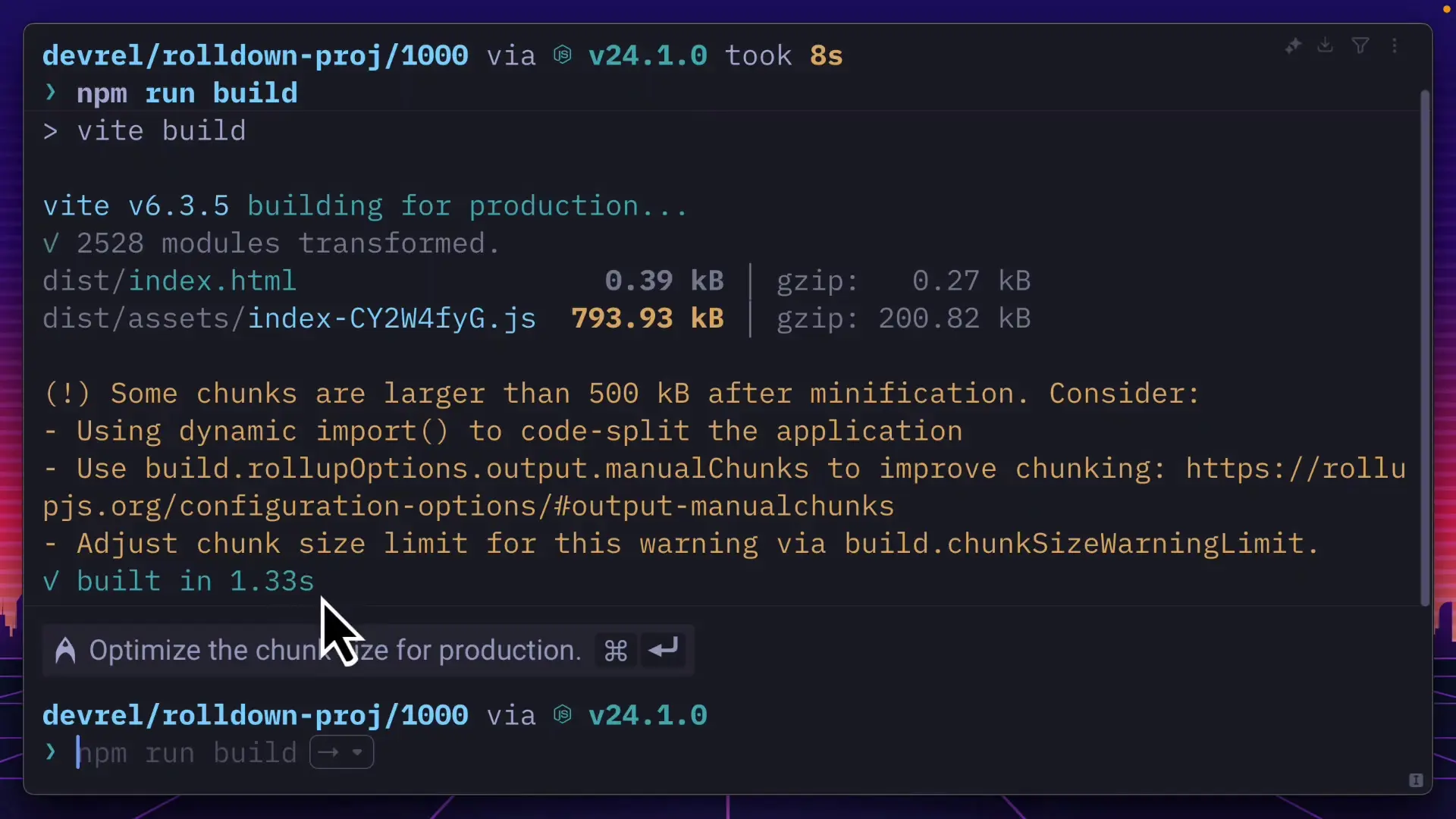
Frontend developers are constantly searching for ways to optimize their build processes. The recent introduction of Rolldown, a Rust-based bundler from Void Zero, promises to revolutionize Vite projects with dramatically improved performance. This new tool has reached feature parity with Vite, allowing it to work as a drop-in replacement while delivering build speeds up to 16 times faster than the standard configuration.
Understanding the Performance Gains
The performance improvements with Rolldown are substantial. In testing with a React project containing 10,000 JSX components and a similar number of JavaScript modules, the standard Vite build process took approximately 14 seconds on an M1 MacBook Pro (without SWC). When switched to Rolldown, the same build completed in under 4 seconds—a 70% reduction in build time.
For smaller projects with around 1,000 JSX components, the difference is less dramatic but still notable. However, the real impact becomes evident with larger codebases.

Real-world examples demonstrate Rolldown's power: it made Escalador's build time 16 times faster and reduced GitLab's build time from 2.5 minutes to just 40 seconds. These improvements can significantly enhance developer productivity and deployment workflows.
How Rolldown Works: The Technical Architecture
To understand why Rolldown delivers such impressive performance gains, we need to examine Vite's current architecture. Currently, Vite uses ESBuild for bundling during development (handling tree shaking, code splitting, and minification) and Rollup (written in JavaScript) for production bundling.
The Vite team (Void Zero) recognized that JavaScript isn't optimal for building high-performance tools, which led to the development of Rolldown. This Rust-based bundler aims to replace both ESBuild and Rollup in the Vite ecosystem.

Rolldown leverages the Oxc compiler, providing high-performance tools written in Rust, including a linter, minifier, and formatter. This shift to Rust-based tooling is part of a broader trend in frontend build tools, with competitors like RSPack and Farm also embracing Rust for performance benefits.
Why Rust for Frontend Build Tools?
The emergence of Rust-based build tools raises an interesting question: why Rust? While ESBuild (built in Go) has demonstrated excellent performance, the frontend tooling ecosystem is increasingly turning to Rust for its combination of performance and safety features.
- Memory safety without garbage collection
- Concurrency without data races
- Zero-cost abstractions
- Pattern matching and rich type system
- Excellent performance comparable to C++
The performance rust vs c++ debate continues, but for frontend tooling, Rust offers an ideal balance of speed, safety, and developer experience. This makes it particularly well-suited for CPU-intensive tasks like parsing, transforming, and bundling JavaScript code.
Implementing Rolldown in Your Vite Project
One of Rolldown's most appealing features is how easy it is to implement. Since it's designed as a drop-in replacement for Vite's existing bundling system, you can adopt it with minimal configuration changes.
// In your vite.config.js
import { defineConfig } from 'vite'
import react from '@vitejs/plugin-react'
export default defineConfig({
plugins: [react()],
build: {
rollupOptions: {
// Replace this line with Rolldown configuration
// to enable the Rust-based bundler
bundler: 'rolldown'
}
}
})This simple configuration change allows you to leverage Rolldown's performance benefits while maintaining compatibility with your existing Vite plugins and configurations.

Performance Considerations and Best Practices
While Rolldown offers impressive performance improvements, it's important to understand when and where these gains will be most significant. As with any performance optimization, the impact varies based on project size and complexity.
- Largest gains are seen in projects with thousands of components
- Projects with complex dependency trees benefit more
- CI/CD pipelines see dramatic time reductions
- Local development experiences smoother hot reloading
- Production builds complete significantly faster
For optimal rust performance in your Vite projects, consider combining Rolldown with other optimizations like code splitting, lazy loading, and efficient asset management. These practices, when implemented together, can further enhance your build and runtime performance.
The Future of Frontend Build Tools
The development of Rolldown represents a significant evolution in the frontend build tooling landscape. As Rust-based tools like Rolldown, RSPack, and Farm compete for dominance, developers stand to benefit from continued performance improvements and innovations.
This trend toward Rust in the frontend ecosystem suggests that we may see further performance optimizations in other areas of web development tooling. The balance between developer experience and build performance continues to improve, making modern web development more efficient than ever before.
Conclusion
Rolldown represents a significant advancement in frontend build tooling, offering dramatic performance improvements for Vite projects. By leveraging Rust's performance capabilities, it delivers build times up to 16 times faster than standard configurations while maintaining compatibility with existing plugins and configurations.
For frontend developers working on large-scale projects, implementing Rolldown can significantly improve productivity and deployment workflows. As the frontend tooling ecosystem continues to evolve, Rust-based solutions like Rolldown are setting new standards for performance and efficiency.
Let's Watch!
Rust-Powered Vite: 16x Faster Build Times for Frontend Developers
Ready to enhance your neural network?
Access our quantum knowledge cores and upgrade your programming abilities.
Initialize Training Sequence